Food takes a daunting journey from fields to our plates, which is complicated and fascinating. It is not as simple as picking it up, packing it into boxes, and putting it on the shelf. This all follows a multi-faceted process involving growing and harvesting, cooking and manufacturing, and packing and transporting. Understanding this process helps businesses to streamline and make informed decisions about the final product being provided to their customers.
What is Food Safety Regulations
Food safety regulation is what stands between consumers and bad cases of food poisoning. Contaminated or improper handling of food can expose consumers to many dangers. Food safety regulation encompasses various practices and methods implemented, ranging from proper storage and handling to sanitation and temperature control. By prioritizing food safety regulations, we can create a safer and more reliable food system for everyone.
Why Streamline the Preparation Process
Streamlining can have many benefits for businesses, their employees, and their customers. It ensures highest quality production and timely deliveries. However, streamlining an entire procedure can be difficult and time-consuming. Hence, here are a few tips to help you along.
Improving Processing and Packaging
As food production expands, ensuring food safety becomes more critical and necessary. With producing expanding there is a increased risk of danger to food preparation. This is where meticulously developing processing and packaging come in handy. Depending on what kind of food is being prepared, the procedure is tailored to it and its needs. Moving forward, this extends their shelf life and prevents spoilage and contamination. Moreover, introducing the right packing material and ensuring proper storage and transportation conditions safeguard food safety. While detailed documentation, industry-standard operating procedures, and robust quality control systems can be complex. It ensures the highest quality for the consumer and higher profits for the business.
Introducing Automation
Enhancing your manufacturing cycle can help you maximize efficiency. This includes an automated system that can accurately track production progress and provide real-time updates. Furthermore, automation can also reduce the need for physical labor, decreasing costs and increasing efficiency.
Prioritizing Quality Control
Giving your consumer an excellent quality product can only provide benefits to your business. Establishing a proper quality control system can ensure that your products win over your customers against your competitors. This can be introduced as regular testing and inspection, a religious documentation process, and lastly, utilizing lean manufacturing.
Make Room for Lean Manufacturing
Lean manufacturing refers to identifying and eliminating waste in the production process. By prioritizing waste reduction, you can increase efficiency and reduce costs. Furthermore, this ensures that your final product is of the highest quality.
Standardized Processes
Standardizing it meant ensuring consistency and quality across all of your products. This helps reduce errors, and your products are produced in a timely manner. Moreover, this added benefit of making sure there is no shortage of your brand in the market.
Contact RR Consulting for Additional Food Safety
RR Consulting is a group of experts in the sanitization and food safety industry. They ensure their customers’ detailed advice and roadmap for a successful foodstuff business. So, what are you waiting for? Contact them today for a free appointment, or visit their website for more information.

